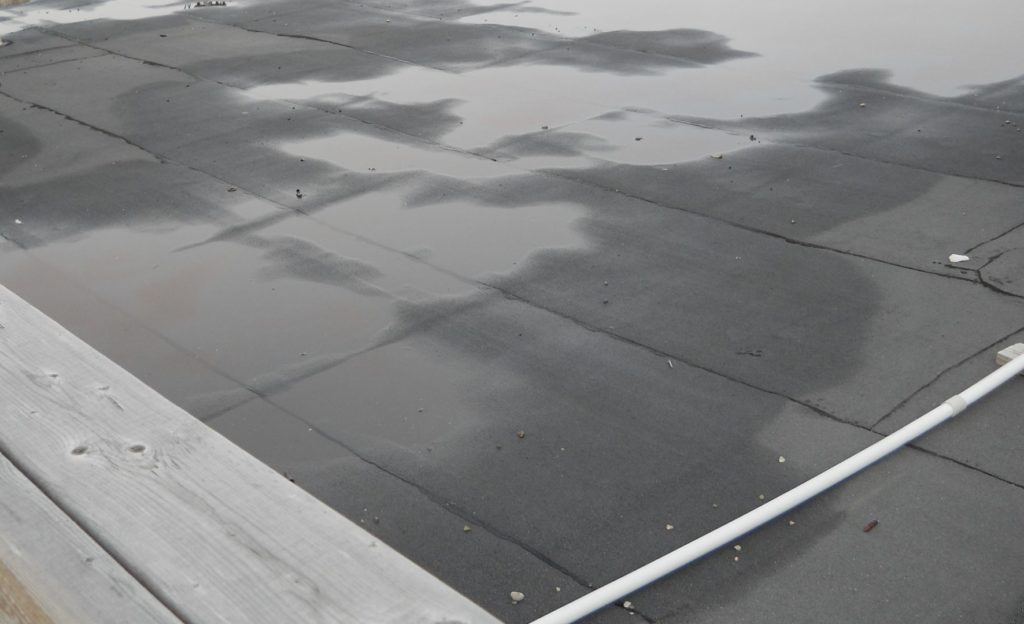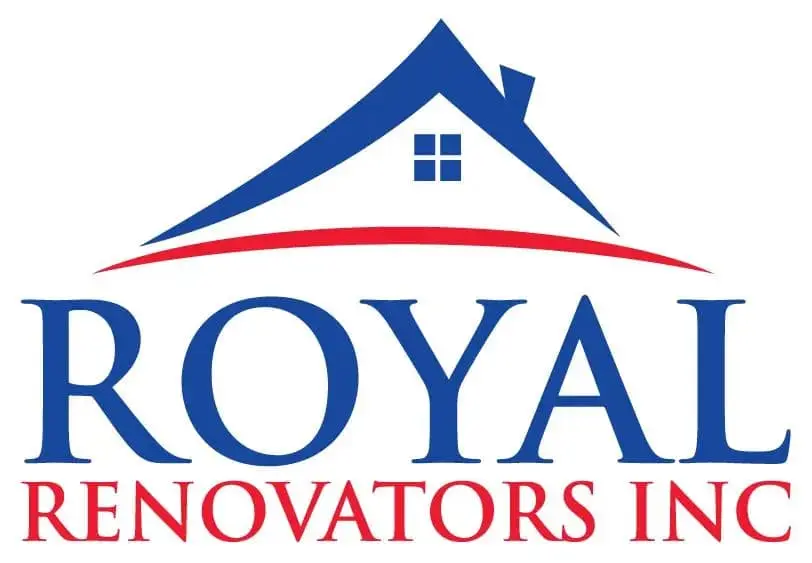Defects In Flat Roofs

Despite being referred to as “flat,” practically all flat roofs are really planned out with a fall to allow rainwater to drain to the lower side. Typically, they are intended to have a minimum fall of 1:40, but given on-site errors, the finished building should have a minimum fall of at least 1:80. Most flat roof issues are caused by moisture, either from condensation or rain, contact a notable roofing company to fix your defects as soon as possible. The ceiling beneath the roof will be affected in almost every case of flat roof failure. Continue reading to discover the typical flaws with a flat roof.
-
Subpar construction
It takes expertise to install flat roof coverings, whether they are made of felt, asphalt, or sheet metal. The majority of felt roof covering issues are caused by shoddy construction.
-
Ponding
Although they appear to be flat, “flat” roofs actually have a minimum gradient of 1:40. Rainwater is likely to collect on the surface in areas where the proper fall has not been included or has been altered by structural movement. A felt roof’s lifespan will be significantly shortened if water is allowed to accumulate on its surface for an extended length of time. Long-lasting moist flat roofs are the perfect environment for moss growth. In addition to damaging the felt’s surface, moss itself works as a sponge, soaking up water and aggravating the situation as it freezes and thaws in the winter.
-
Thermodynamics
Asphalt and felt roofs will experience less heat movement and related pressures if they are painted with high-quality solar reflecting paint or coated with a light-colored coating of chippings. If the surface is not sufficiently shielded, creasing will develop and finally result in splits.
Due to their high coefficients of linear expansion, sheet metal covers made of lead and zinc are typically installed in small panels with overlaps known as “rolls” or “seams.” This kind of coverings must have space to expand and compress in order to avoid unavoidable material splitting.
-
Faulty felt covers
One of the least expensive and most popular types of flat roof coverings is felt. Excessive plant growth or significant water ponding forming puddles on the surface are indicators that replacement of the felt coverings is needed. However, little localized leaks at joints are frequently the cause of water stains on ceilings, which are typically brown in color.
-
Faulty sheet metal covers
The typical way of cladding flat roofs is with sheet metal, which is relatively durable and long-lasting. Zinc usually lasts roughly half as long as lead sheet, which normally has a lifespan of more than 100 years. It’s probably past its prime if you can see old patch repairs, splits, holes, surface ripples, impressions of the boarding below, or prior attempts to seal with bitumen paint.
Contact us at 118-35 Queens Blvd Forest Hills, NY 11375 (718) 414-6067 https://www.nycrenovators.com for an examination if you’re unclear about the state of your flat roof or what might require repair.
